Is Cotton A Durable Fabric? Clarifying Myths and Exploring Realities
In the realm of textiles, durability reigns supreme. Enter cotton, a fabric deeply entrenched in the fabric of our lives. But does cotton possess the staying power to be considered durable? In this exploration, we uncover the essence of cotton fabric durability, delving into its characteristics and lifespan.
Understanding Cotton Fabric Characteristics
Cotton, a natural fiber, boasts an array of characteristics that render it a favorite. Known for its softness, breathability, and absorbency, cotton's appeal is undeniable. Yet, how do these characteristics align with its durability?
Evaluating Cotton Fabric Lifespan
Cotton fabric's lifespan isn't set in stone. It hinges on a blend of variables, including quality, care, and application. Quality cotton, when treated with care, can endure for decades. Key facets shaping its lifespan include weave patterns, thread count, care routines, and exposure to the elements.
Factors Influencing Cotton Fabric Durability
- Weave and Thread Count: Tight weaves and higher thread counts amplify cotton's durability. These factors contribute to reduced wear and tear.
- Finishing Techniques: Mercerization, pre-shrinking, and dye treatments enhance cotton's resilience, extending its lifespan.
- Blended Fabrics: Blending cotton with synthetic fibers can amplify its strength, rendering it a durable choice for varied applications.
Advantages of Cotton's Durability
Cotton fabric's resilience shines through its ability to combat daily wear and tear. Its comfortable longevity makes it ideal for everyday use, while its ability to endure washing and drying routines adds to its practicality.
Overcoming Challenges
- Wrinkling: Cotton's vulnerability to wrinkles might dent its visual appeal, but not its durability.
- Fading: Cotton fabrics can fade with time, but proper dyeing and care can extend their vibrancy.
Innovations for Prolonged Durability
Recent strides have bolstered cotton fabric's longevity:
- Blending Advancements: Merging cotton with synthetic fibers marries comfort and resilience in innovative ways.
- Nanotechnology: Fabric treatments employing nanotechnology confer water and stain resistance, enhancing cotton's endurance.
Real-world Showcases
- Workwear and Uniforms: Cotton's breathability and moderate durability make it a staple in industrial and service sectors.
- Sportswear and Outdoor Gear: While not the most robust choice for intense activities, cotton still finds a home in sportswear due to its comfort and adaptability.
Conclusion
Cotton fabric durability isn't an open-and-shut case. Its charm lies in its unique combination of comfort and moderate strength. By understanding its traits, appreciating its advantages, and acknowledging its limitations, we can harness cotton's durability to make informed textile choices that stand the test of time.
FAQ:
How Long Does Cotton Fabric Last?
Cotton fabric's lifespan can vary significantly based on several factors, including the quality of the fabric, the frequency of use, how well it's cared for, and the conditions it's exposed to. On average, well-maintained cotton fabric can last anywhere from a few years to several decades. Here are some key considerations that influence the longevity of cotton fabric:
- Quality: Higher quality cotton fabrics, often made from longer and finer fibers, tend to last longer. Cheaper, lower-quality cotton might deteriorate more quickly.
- Weave and Thread Count: Fabrics with tighter weaves and higher thread counts are generally more durable and less prone to wear and tear.
- Care: Proper care is crucial. Follow the manufacturer's care instructions, avoid harsh detergents, and use appropriate washing and drying settings to prevent unnecessary stress on the fabric.
- Frequency of Use: Frequent use, especially in high-friction areas like collars and cuffs, can cause faster wear and tear.
- Environmental Factors: Exposure to sunlight, humidity, and extreme temperatures can impact the fabric's color and structural integrity over time.
- Type of Use: The type of clothing or item matters. For example, bed linens might have a longer lifespan than heavily worn T-shirts.
- Stitching and Seams: Well-constructed stitching and seams contribute to the overall durability of the fabric.
In summary, the lifespan of cotton fabric is influenced by its quality, care, and usage patterns. High-quality cotton fabric, properly cared for and used moderately, can easily last a decade or more.
How to Evaluate the Quality of a Cotton Fabric
Evaluating the quality of cotton fabric is essential to ensure you're getting a durable and satisfactory product. Here are some tips to help you determine the quality of cotton fabric:
- Fiber Length: Longer cotton fibers (referred to as "long-staple" or "extra-long-staple" cotton) are generally associated with higher quality fabrics. Longer fibers create smoother and stronger yarns, leading to more durable fabrics.
- Feel and Texture: High-quality cotton should feel soft and smooth to the touch. Avoid fabrics that feel rough or coarse, as these might be of lower quality.
- Thread Count: While thread count is not the sole indicator of quality, it can give you a general idea. A higher thread count often indicates a finer, denser fabric that is more durable.
- Weave: Look at the weave pattern. Tightly woven fabrics, like sateen or twill weaves, tend to be more durable than loosely woven ones.
- Weight: Consider the weight of the fabric. Thicker fabrics are generally more durable than thinner ones, though this might vary based on the intended use.
- Color and Dye: Check for even and consistent coloring. High-quality cotton fabric should have uniform dye distribution without fading or streaks.
- Pilling and Wrinkling: Gently rub the fabric between your fingers to check for pilling (small fabric balls) and wrinkling. Excessive pilling or wrinkling might indicate lower quality.
- Transparency: Hold the fabric up to the light to see if it's transparent. Lower quality fabrics might be more see-through.
- Brand and Reputation: Established brands known for quality textiles are more likely to provide reliable and durable cotton fabrics.
- Care Label: Review the care label to understand the manufacturer's recommendations for washing, drying, and ironing. Proper care can significantly impact fabric longevity.
By examining these aspects, you can better gauge the quality of cotton fabric and make informed decisions when purchasing textiles for your needs.

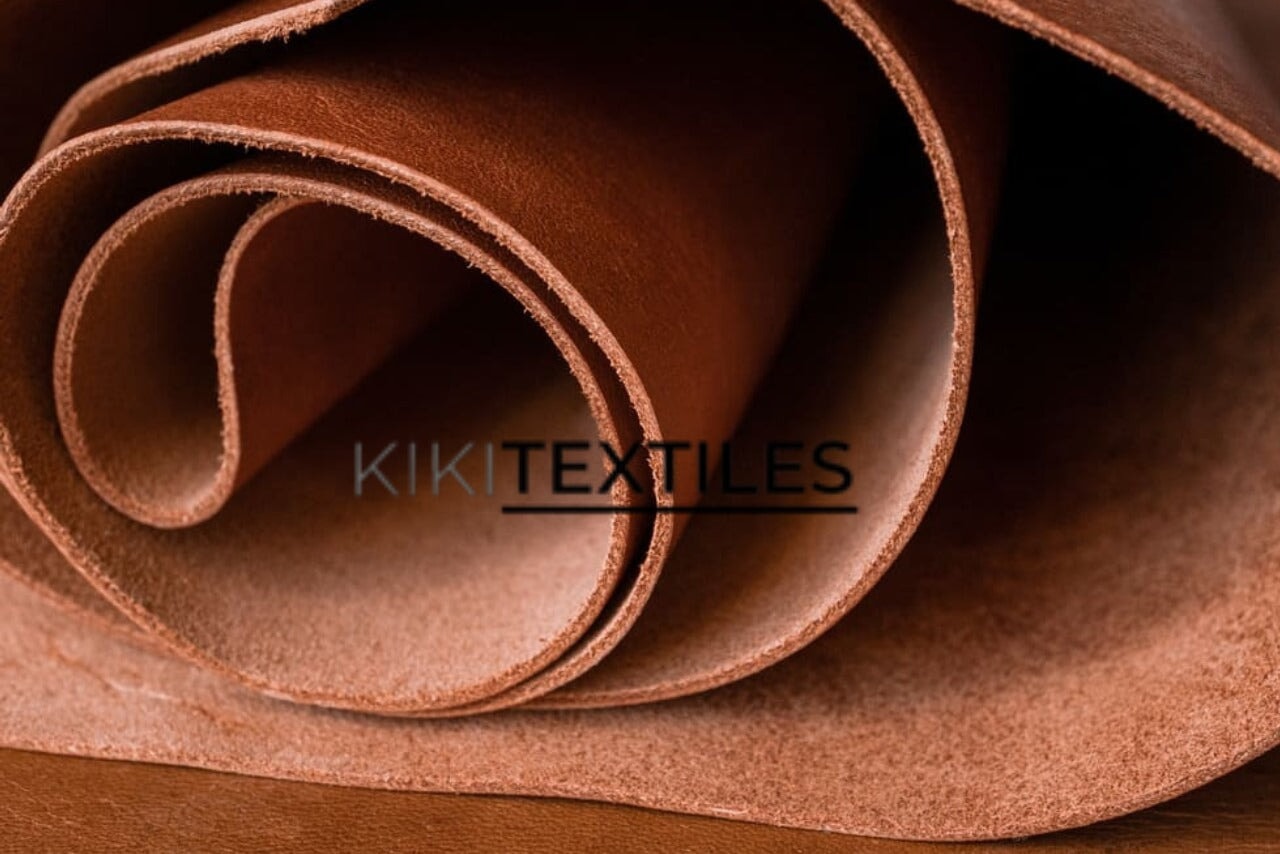
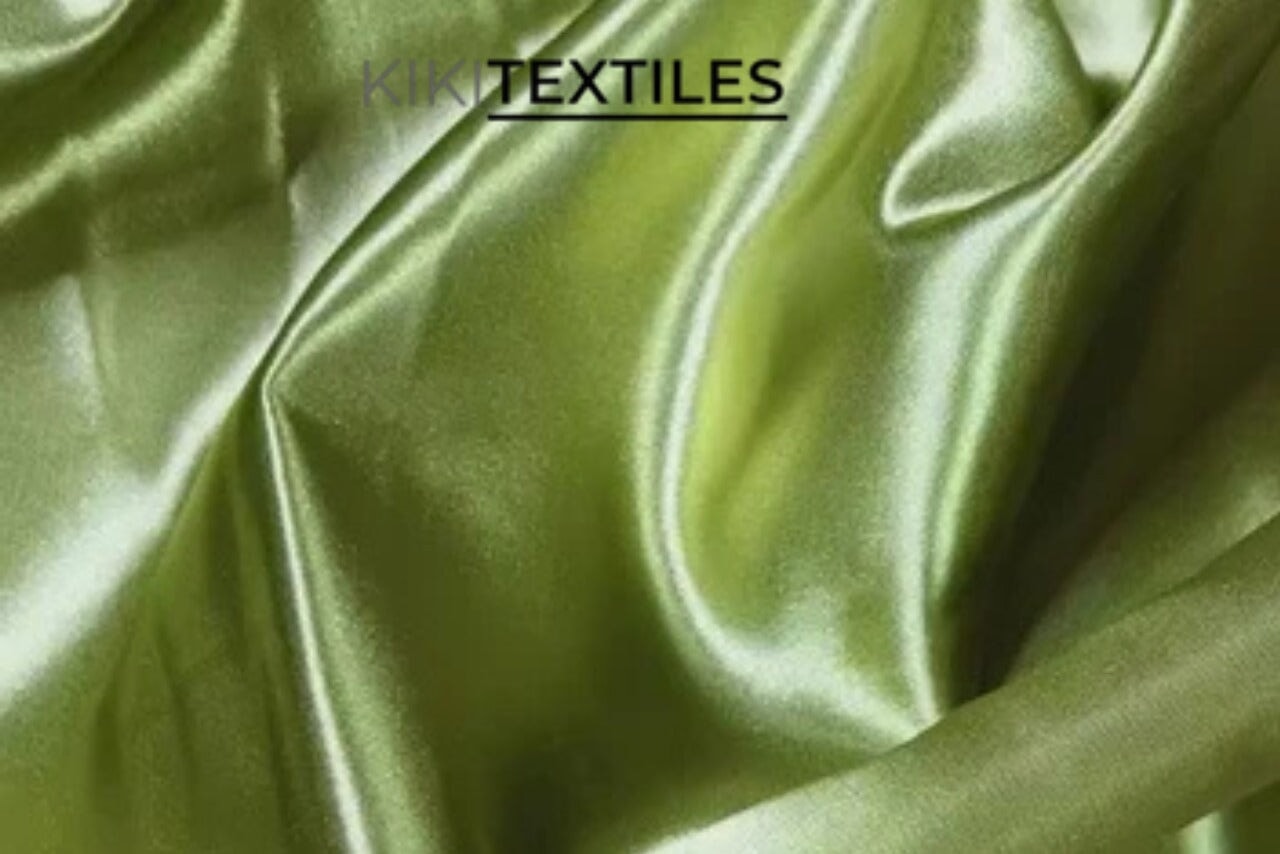

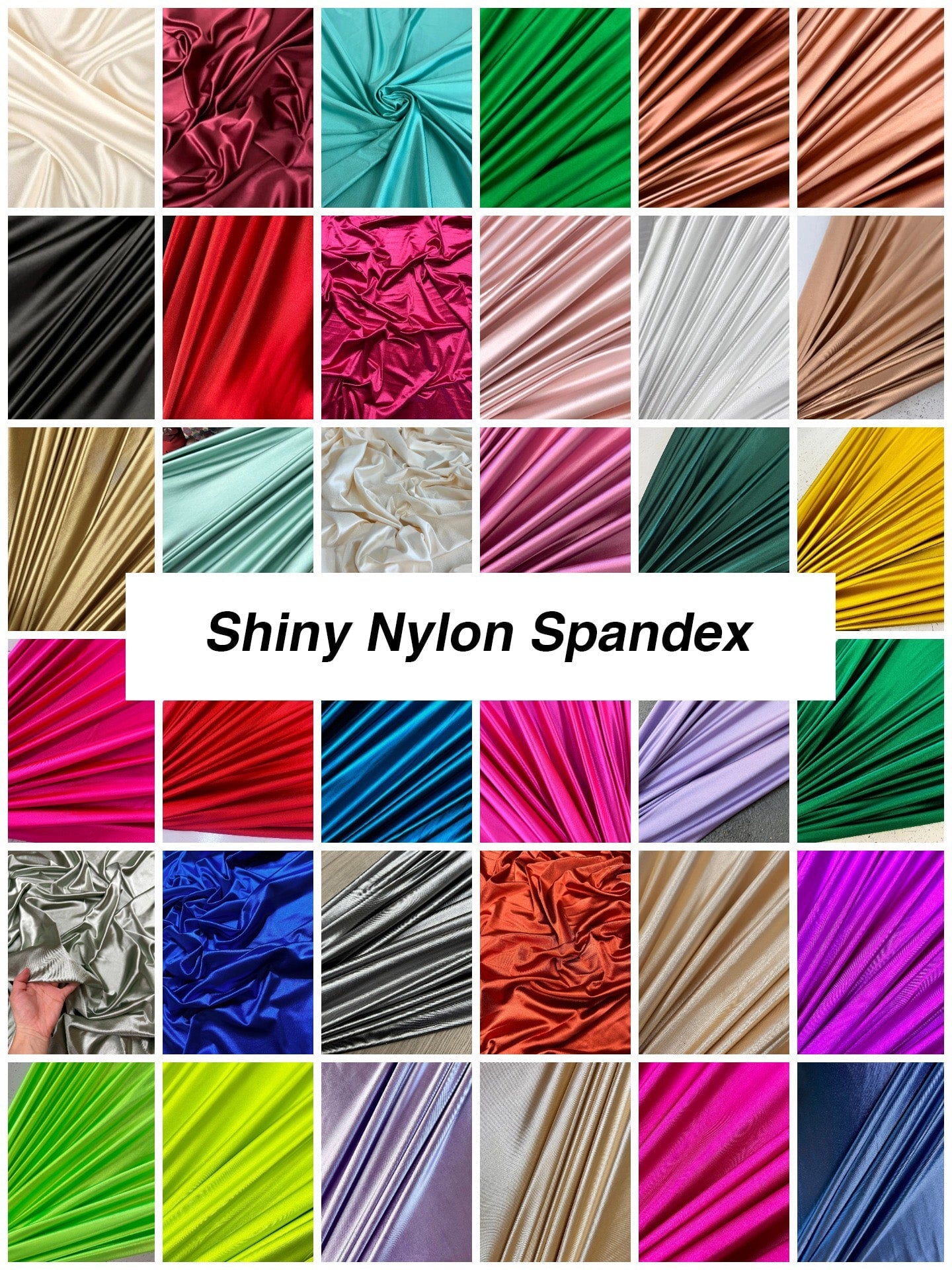
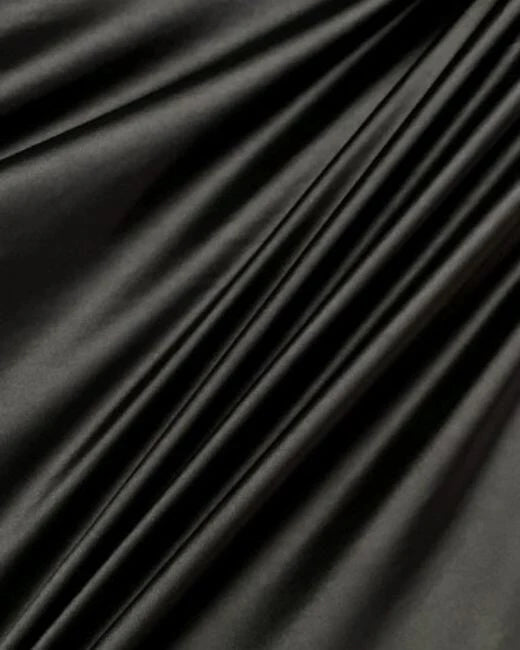

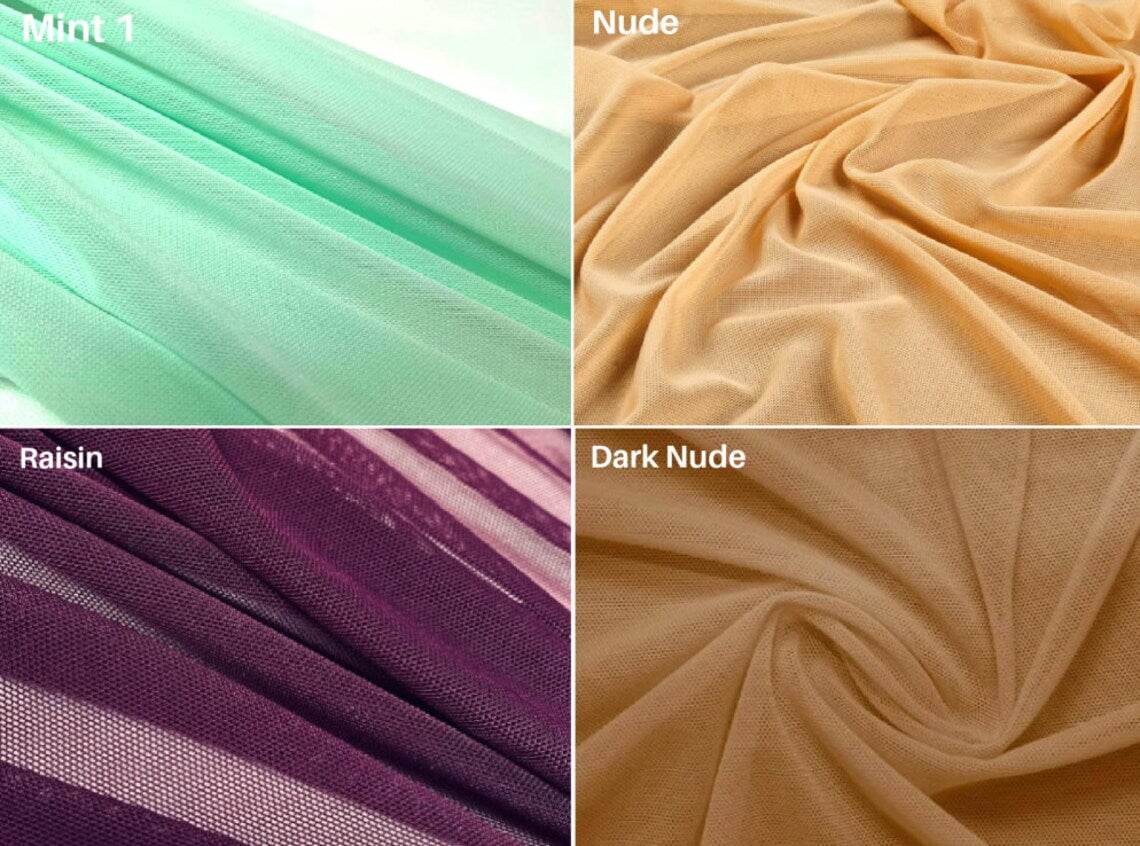
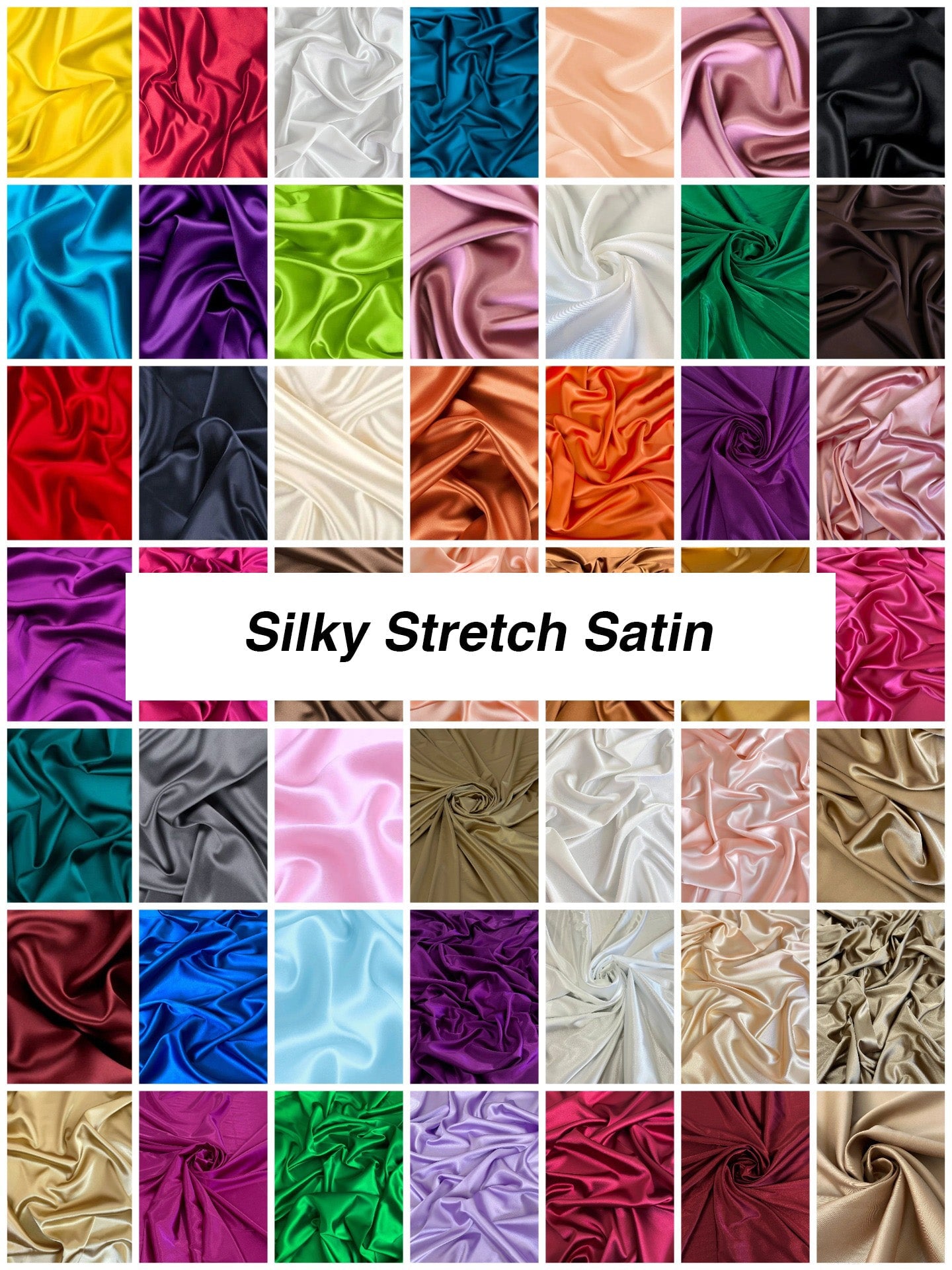
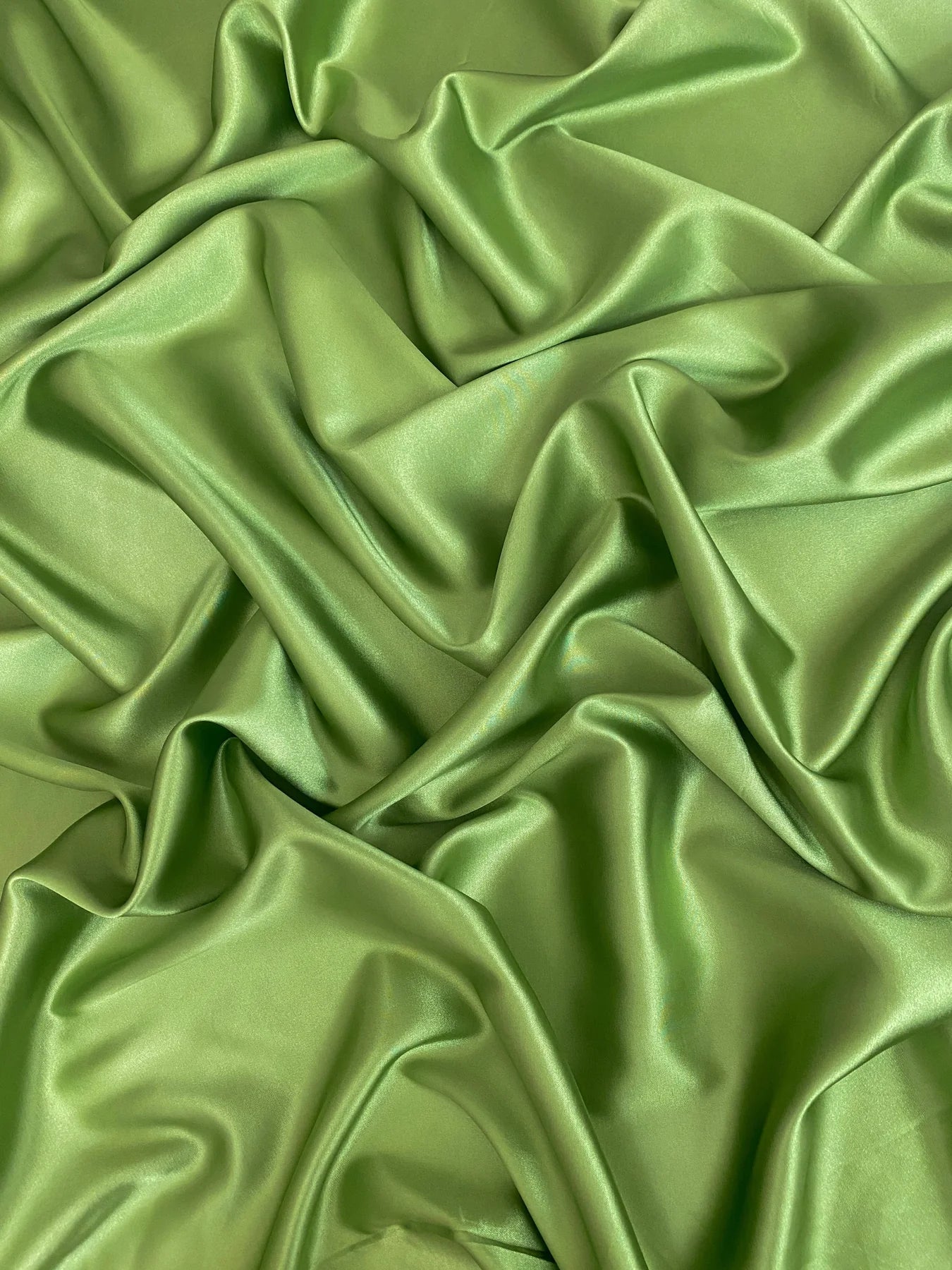
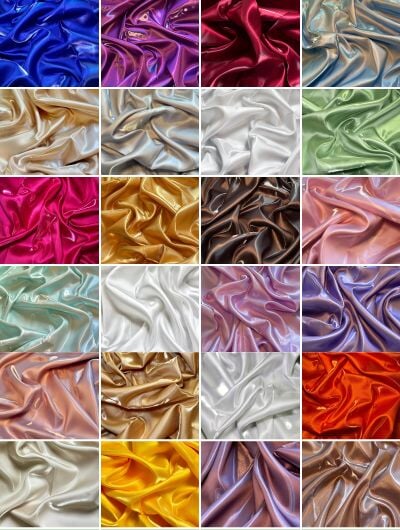



Leave a comment